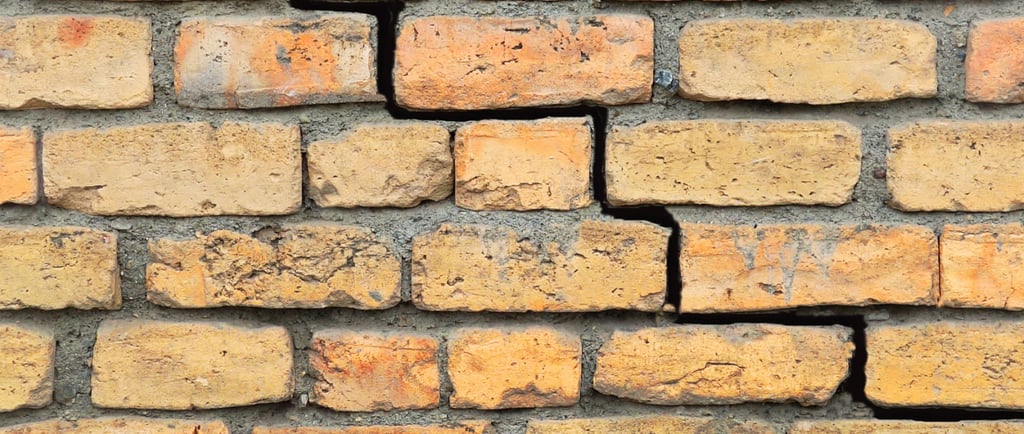Foundation Cracks, Not Always A Deal Breaker: Home Inspector Prospective
When it comes to buying or maintaining a home, a few things can raise concerns such as foundation cracks. They’re often seen as ominous signs of potential structural issues, and rightfully so—they can indicate problems that range from minor settling to more serious structural instability. However, not all foundation cracks are created equal, and understanding their types, causes, and implications can help homeowners and buyers make informed decisions.


When it comes to buying or maintaining a home, a few things can raise concerns such as foundation cracks. They’re often seen as ominous signs of potential structural issues, and rightfully so—they can indicate problems that range from minor settling to more serious structural instability. However, not all foundation cracks are created equal, and understanding their types, causes, and implications can help homeowners and buyers make informed decisions.
Types of Foundation Cracks
Hairline Cracks: These are thin, superficial cracks typically caused by minor settling and are often seen in newly constructed homes as the materials adjust to the environment.
Vertical Cracks: Generally less concerning than horizontal cracks, vertical cracks typically result from normal settling of the foundation or shrinkage of concrete.
Diagonal Cracks: These can be more concerning as they may indicate differential settling or movement in the foundation. The angle and width of the crack are important factors in assessing its severity.
Horizontal Cracks: Horizontal cracks are typically more serious and could indicate significant pressure from the surrounding soil or water damage. They often require professional evaluation.
Causes of Foundation Cracks
Understanding the causes of foundation cracks can provide insights into their severity:
Settling: Natural settling of the house into the ground over time can cause minor cracks.
Poor Soil Compaction: Improperly compacted soil beneath the foundation can lead to uneven settling and foundation movement.
Water Damage: Excessive moisture around the foundation can weaken the concrete and lead to cracks, especially in regions with expansive clay soils.
When Foundation Cracks are Concerning
While not all cracks are deal breakers, some situations warrant closer inspection and possibly professional intervention:
Width of the Crack: Generally, cracks wider than 1/4 inch are considered more serious and may require expert assessment.
Location of the Crack: Cracks located near corners or along load-bearing walls are more concerning as they can affect the structural integrity of the home.
Progression: If a crack is actively growing or widening, it may indicate ongoing movement or structural stress.
Addressing Foundation Cracks
If you notice foundation cracks, it’s important to take the following steps:
Monitor: Regularly monitor the size and progression of cracks to detect any changes.
Consult a Professional: For cracks that are widening, horizontal, or causing concern, consult with a qualified foundation specialist or structural engineer.
Repair: Depending on the severity and cause of the crack, repairs may range from simple patching to more extensive foundation stabilization methods.
While foundation cracks can be alarming, they are not always a deal breaker. Understanding the types, causes, and severity of cracks is crucial for making informed decisions as a homeowner or prospective buyer. By assessing cracks objectively and seeking professional advice when necessary, you can ensure the long-term stability and safety of your home’s foundation. Remember, proactive maintenance and timely repairs can mitigate potential issues and preserve the integrity of your home’s foundation for years to come.